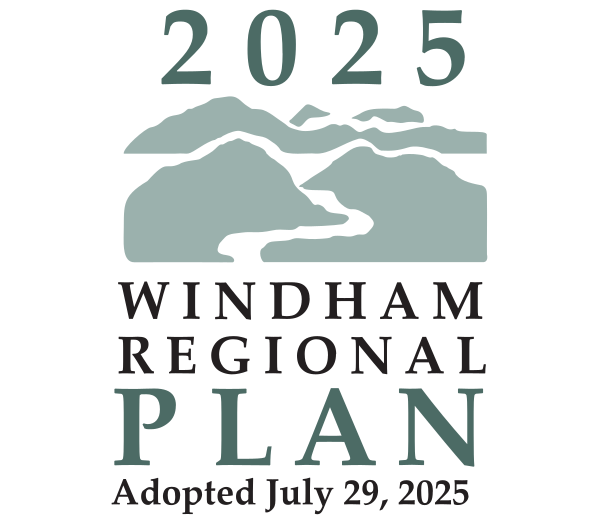Natural Resources
Scenic Resources
The region enjoys exceptional scenic quality. Mountain and farm landscapes, historic villages and towns, ridgelines, the night sky and nighttime landscapes, shorelines, and scenic corridors are all highly vulnerable to development and should be reviewed.
Structures such as utility poles, telecommunication towers, wind turbines, cleared powerline rights of way, large-scale signage, and streetlights are considered by many to be incongruous with our scenic landscape. Careful planning and design will often provide development opportunities without adversely affecting the scenic value of the landscape. Some towns in the region have developed specific zoning or policies related to ridgeline development, such as limiting residential, commercial or industrial development on certain ridgelines. It is important for towns to identify the specific scenic resources that they deem significant and to clearly delineate those resources in their plans. Scenic resources can be a highly subjective topic in review processes, which is why it is important to be proactive about clarifying the scenic resources the town wishes to preserve.
Light AND NOISE Pollution
Light pollution is a cumulative and increasing problem that can disrupt wildlife patterns, impact human health, waste money and energy, and contribute to climate change. In the Windham Region, light pollution is especially increasing near the urban clusters along the region’s eastern border and near major resort development centers. Light projecting upwards from these areas produces a glow near the horizon that diminishes the natural quality of the nighttime landscape and night sky. As these urbanized areas continue to expand, special consideration needs to be given to lighting design in order to minimize this cumulative adverse effect. Automatic shut-off mechanisms and down-shielding of light sources should be considered for any development with outdoor lighting.
In the Windham Region, Green Mountain National Forest, especially in the towns of Somerset and Searsburg is a popular dark sky location for stargazing and astronomy activities.
Unpleasant or otherwise unwanted sound that travels through the air is another type of pollution that may be caused by traffic, airplanes, snowmobiles & all terrain vehicles, construction and industrial activity such as mining, quarrying and logging, sound equipment, and yard equipment. Noise pollution can negatively affect both humans and wildlife. One often-discussed noise problem is the vehicular and truck traffic passing though the region’s villages.
Noise Impact Assessments model the potential impact of noise from a particular project on the surrounding environment. These assessments are essential for evaluating the impacts of projects that will emit significant sound levels, either during construction or through ongoing activities. The assessments identify vulnerable areas and evaluate the effectiveness of possible mitigation measures in reducing the decibel level of sound reaching surrounding areas. Towns can further improve the outcomes of these noise impact assessments by predetermining noise standards for specific land uses or identified vulnerable areas. The Vermont Act 250 process has determined some baseline standards for certain uses, but towns should evaluate these standards based on their specific circumstances.
